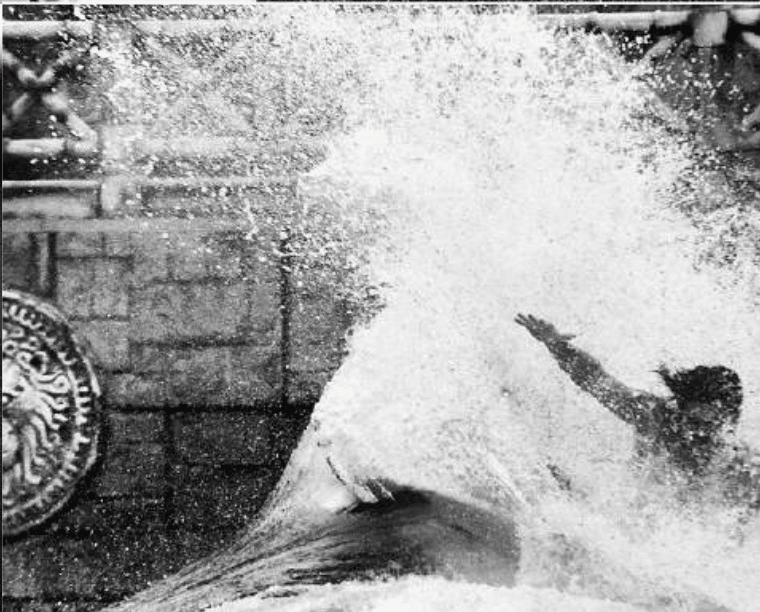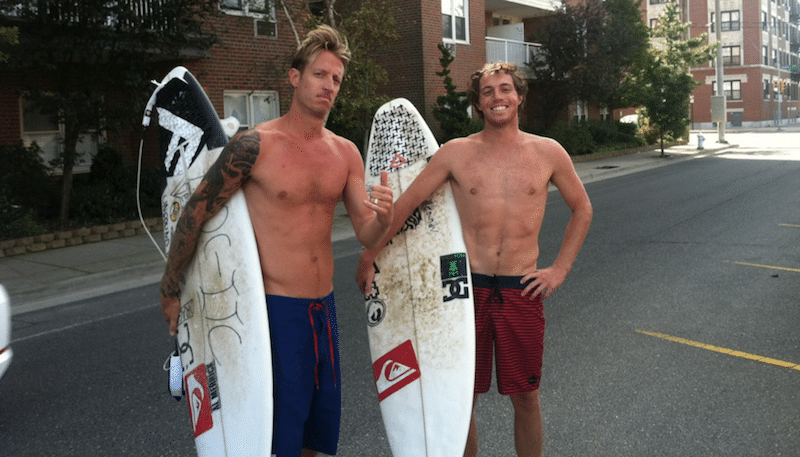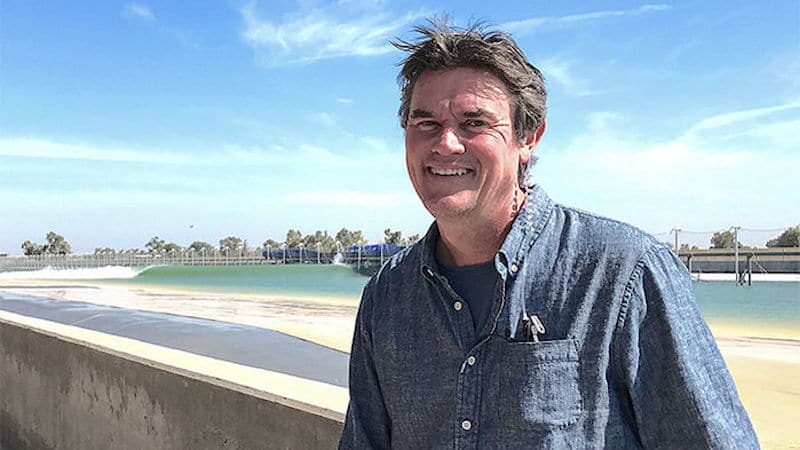It's the rich versus... the rich!
Did you, like me, think that Malibu was a mostly exclusive Los Angeles beach enclave where starlets ran away from sexually menacing producers whilst trying to find valet tickets in Hermes birkins? Where money managers and Russian oligarchs winked at each other over well-manicured hedges, the money managers sipping 30 year old Scotches and the Russian oligarchs half-watch two 30 year old Scotsmen perform a Braveheart themed sex fetish show?
Did you, like me, think it was for the rich and the very rich?
Oh, I’m no Malibu virgin. I have spent nights among the rich and very rich at Little Dume (before I became one of the people of course). I have dined at Nobu and celebrated art in architectural masterpieces nestled in Malibu’s bucolic hills but apparently I missed the gritty war between rough n tumble locals and the wealthy blow-ins.
And let’s turn to Money Week Magazine for the rest of the story!
The wealthy newcomers to the sport are not, however, content with taking over a pastime that has long been the preserve of hippies – they’re also taking over their homes in Malibu, says Alix Sharkey in Condé Nast Traveller.
The “Bu” – to use its old surfer nick-name – still has that “unreal” quality: “nothing can match that moment when you stand at the ocean’s edge, cool spume rushing up the hot sand and over your toes, the roar of surf pierced by crying gulls, Catalina Island shimmering in the haze [as] you spot a pod of gleaming dolphins… [cresting] the waves”. But the California surfing spot is also increasingly becoming “a byword for moneyed privilege, home to single-name A-listers such as Streisand, Dylan, Hanks and Gaga”.
The locals aren’t taking this lying down, says Skylar Peak, Malibu’s 33-year-old mayor and a passionate surfer. “It’s not this ‘Hollywood on the Ocean’ that people imagine,” he says. “There’s a rawness to the culture, a true sense of community, and a deep love of nature.” Fleeing the wealthy hordes, “the cool people” moved to Point Dume, Khalil Rafati, founder of fashionable smoothie outlets SunLife Organics, tells Sharkey. “It still has that laid back, old Malibu vibe. Meaning, the more dressed up you are, the less money you really have.”
Ok. I’m can’t joke around anymore. I can’t believe that Malibu has a mayor named “Skylar” and that he’s a man. Hahaha! And the “fashionable smoothie outlet!” Hahahahaha! I’m dying!
That place is seriously retarded.









